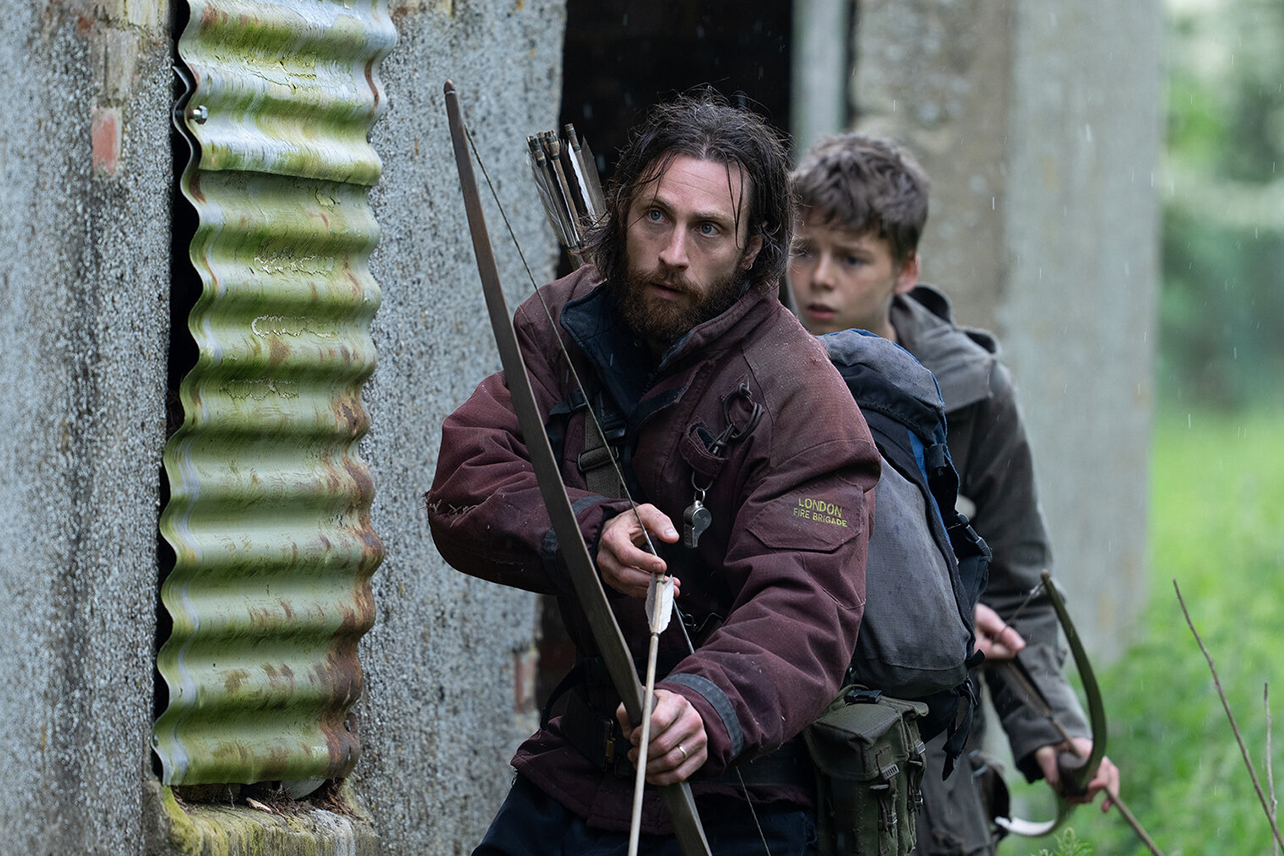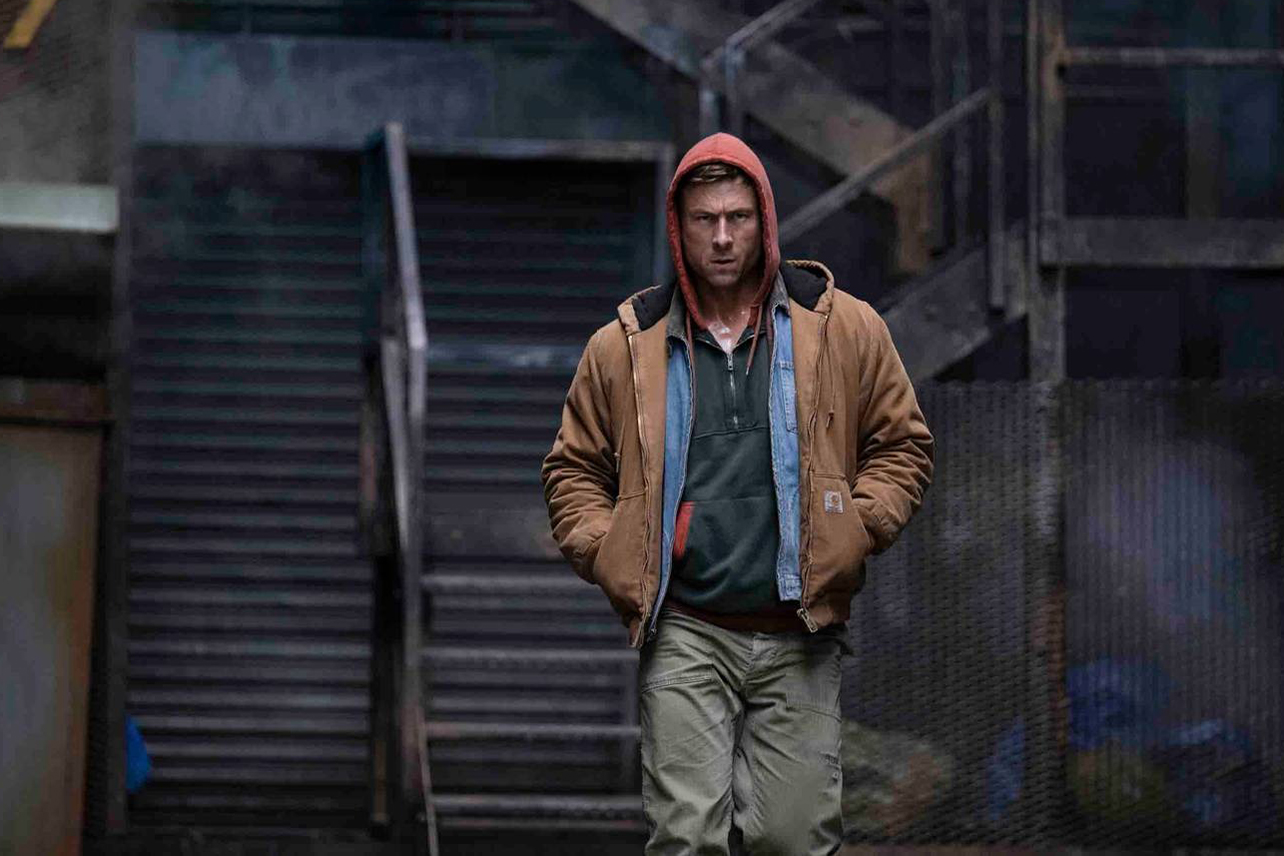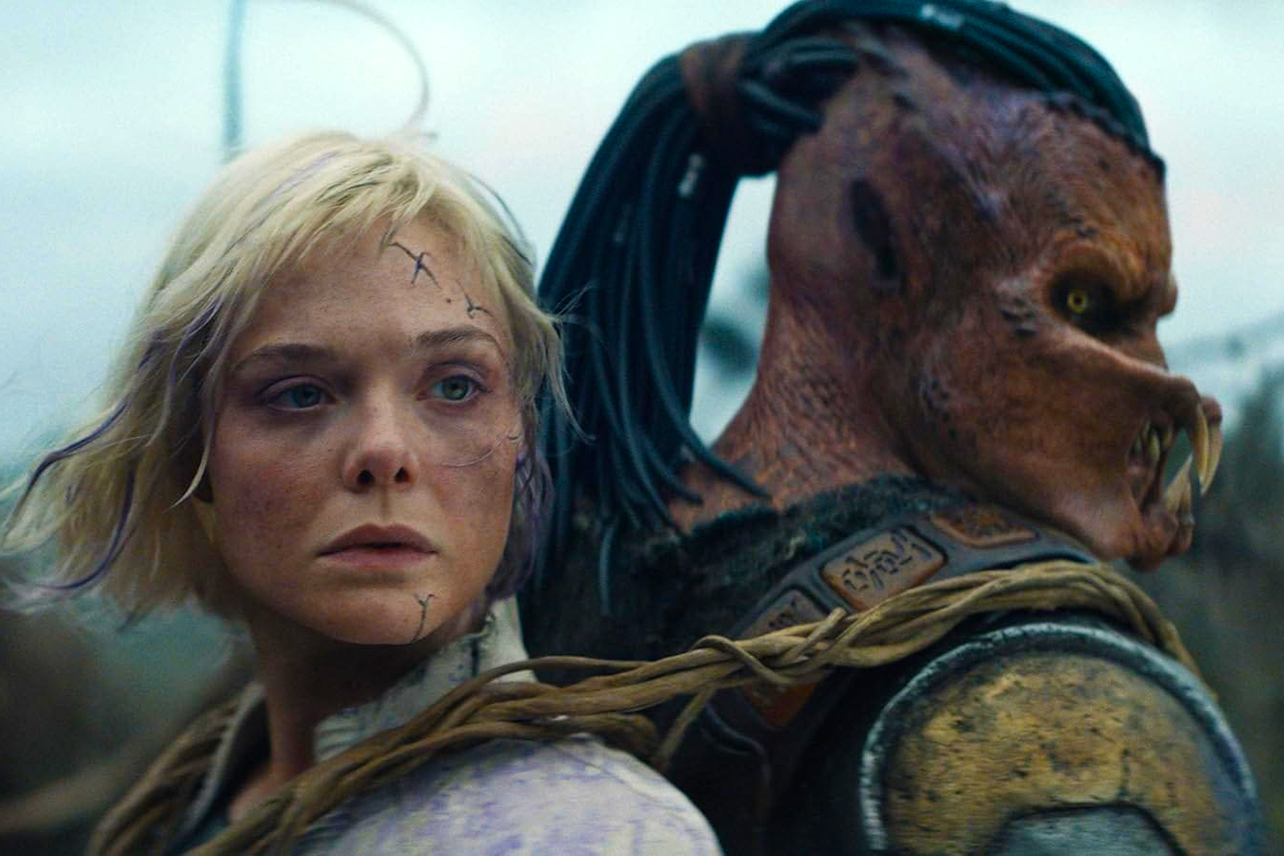28 Years Later
Writer: Alex Garland
Director: Danny Boyle
Cast: Jodie Comer, Aaron Taylor-Johnson, Alfie Williams, Jack O'Connell, Ralph Fiennes
Just like its trailers, 28 Years Later opens with a flashback, a brief glimpse at the day everything went wrong as the Rage Virus rampaged across the UK, spreading death and madness. It's a glance back into a world we first encountered in 28 Days Later, and a reminder of the visceral thrill that came with that film's debut back in 2002. It's a kind of lightning in a bottle that any filmmakers, including director Danny Boyle and writer Alex Garland, would struggle to recapture.
So they don't try.
Vast, strange, and as steeped in natural beauty as the original film was in urban grit, 28 Years Later retains the visceral intensity of its predecessor, but it's far more interested in what the world's become than it is in retreading familiar territory. It's a film that trades straightforward survival horror for something more epic and poetic, and while it sometimes struggles to strike the right tonal balance, its ambitions are brought to crackling, often jaw-dropping life.
Nearly three decades after the Rage Virus was released, most of the world has gone back to normal. The virus is now contained to the United Kingdom, which is patrolled constantly by international armed forces to ensure that no one ever leaves, and without the basic infrastructure of the civilized world, the survivors have set up an agrarian existence in isolated communities.
It's in one of these communities that we meet Spike (Alfie Williams), a 12-year-old boy who's never known a world with television, or electricity, or anything other than the simple life he shares with his father Jamie (Aaron Taylor-Johnson), and his chronically ill mother Isla (Jodie Comer). When we encounter Spike, he's about to head out with his father for his first journey into the wider world, where he'll kill his first infected creatures, scavenge for supplies, and get a taste of manhood. But despite a technological regression and a much smaller human population, the outside world is still far stranger, and more frightening, than Spike ever imagined, triggering a coming-of-age story that's both achingly beautiful and, with the announcement of sequels coming soon, only the beginning.
There are lots of ways to reorganize a society in the wake of an apocalypse, as we've learned in everything from Day of the Dead to The Last of Us. Instead of leaning into the conventions of many of those examples, Boyle and Garland opt for something that plays a bit more like a dark fairy tale. There's a village on the edge of the mainland, separated from the rest of Britain by a land bridge only accessible at low tide, and from that village a warrior and his son must venture out and fight to survive. Outside they encounter monsters, haunted derelict buildings, and moments of surprising emotional clarity, just as they might if they were in the midst of a sword and sorcery tale, or even a Western.
With this paradigm in place, Boyle, shooting much of the film on iPhones in an effort to recapture the digital photography style of the original, makes 28 Years Later into a thrilling chiaroscuro of light and dark, loud and quiet, blood and beauty. The world has moved on, shifted into a natural wonder punctuated by encounters with the infected, who have themselves evolved into new incarnations as the virus has progressed and the creatures who fall victim to it have carved out some kind of sustained existence. For the first half of the film, Boyle and Garland lean heavily on these changes, and immerse Spike and his father in danger that's reminiscent in pacing of the original film, yet wholly new visually.
But the more Spike learns about this world, the more questions he has, the bolder he gets in examining his place in this haunted landscape, and what he might be able to do with the knowledge he's gleaning. It's a remarkable performance from Williams in his first leading role, and it gets even better as the film takes a turn midway through, and shifts its apocalyptic paradigm even more.
To explain this shift would be to rob viewers of a surprising, expectation-defying experience, but you'll know it when you see it, and while it might not work for you, it is at the very least a striking departure from what one might predict in this kind of film. Boyle and Garland are, once again, very interested in evolution, but they're also interested in reflection. It's here that Comer and Ralph Fiennes, as a former doctor turned lonely survivor, really elevate the film into something more.
Tonally, 28 Years Later occasionally struggles as it finds its way from the intense scares of the original film to becoming something new and entirely its own, but once the back half really kicks in and you understand the true emotional arc of the film, it's at once spellbinding and devastating. That dark fairy tale aesthetic evoked by the early scenes transforms into something at once epic and strikingly intimate, the story of a boy forced to grow up quickly and find the complexities lurking within a deceptively simple life. It's here that 28 Years Later truly shines, and finds its place as both a film concerned with existential horror and with the enduring hope that comes with being human.
28 Years Later will not work for everyone. Its footing isn't always sure, its ending is a clear setup for a sequel, and its expansion of the original film's world is daring to the point that it might grate on some fans. Give it room to breathe and grow in your mind, though, and you'll be rewarded with one of the year's most ambitious genre films, and proof that there's still much more to say about this world.
If you haven't already, consider supporting worker-owned media by subscribing to Pop Heist. We are ad-free and operating outside the algorithm, so all dollars go directly to paying the staff members and writers who make articles like this one possible.






